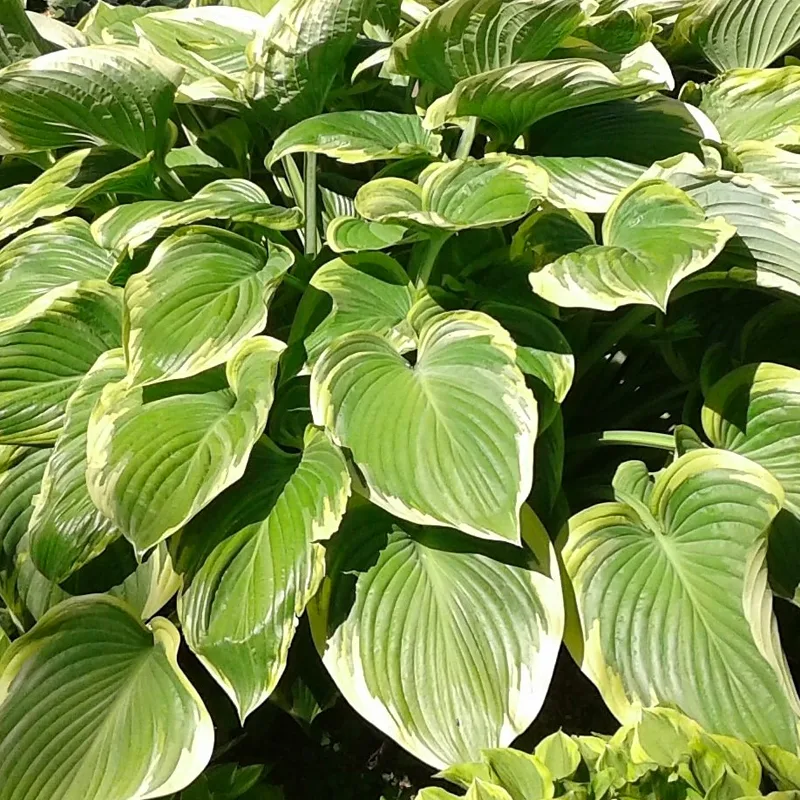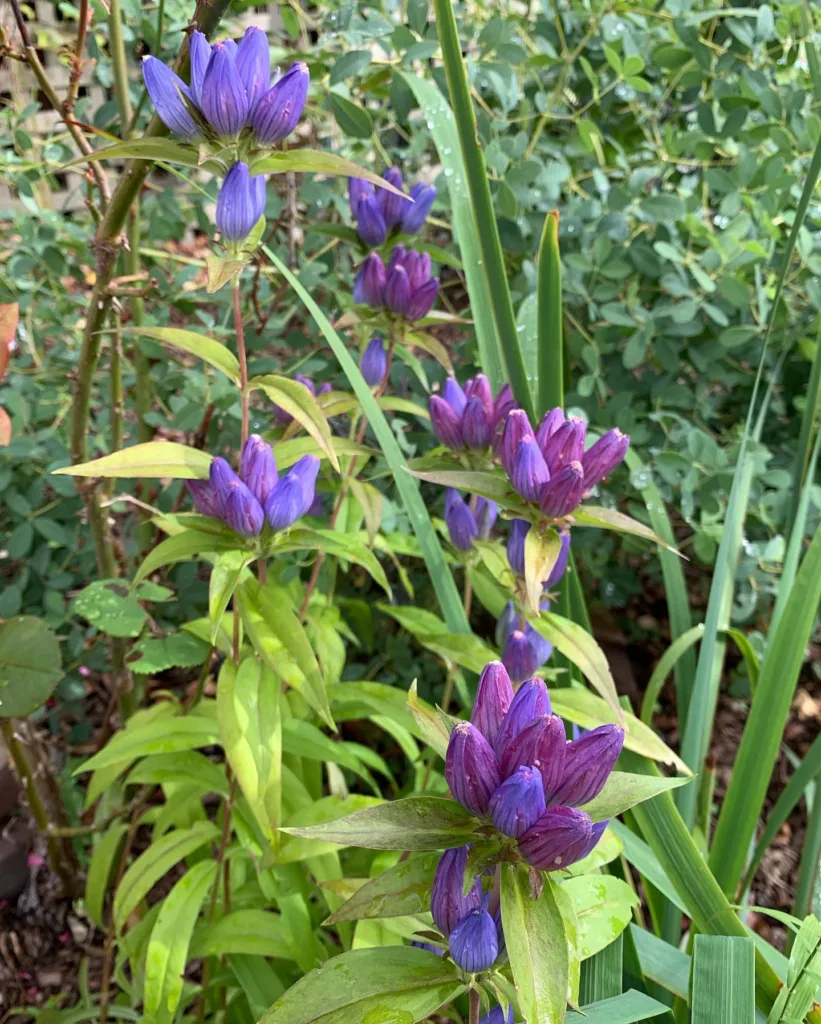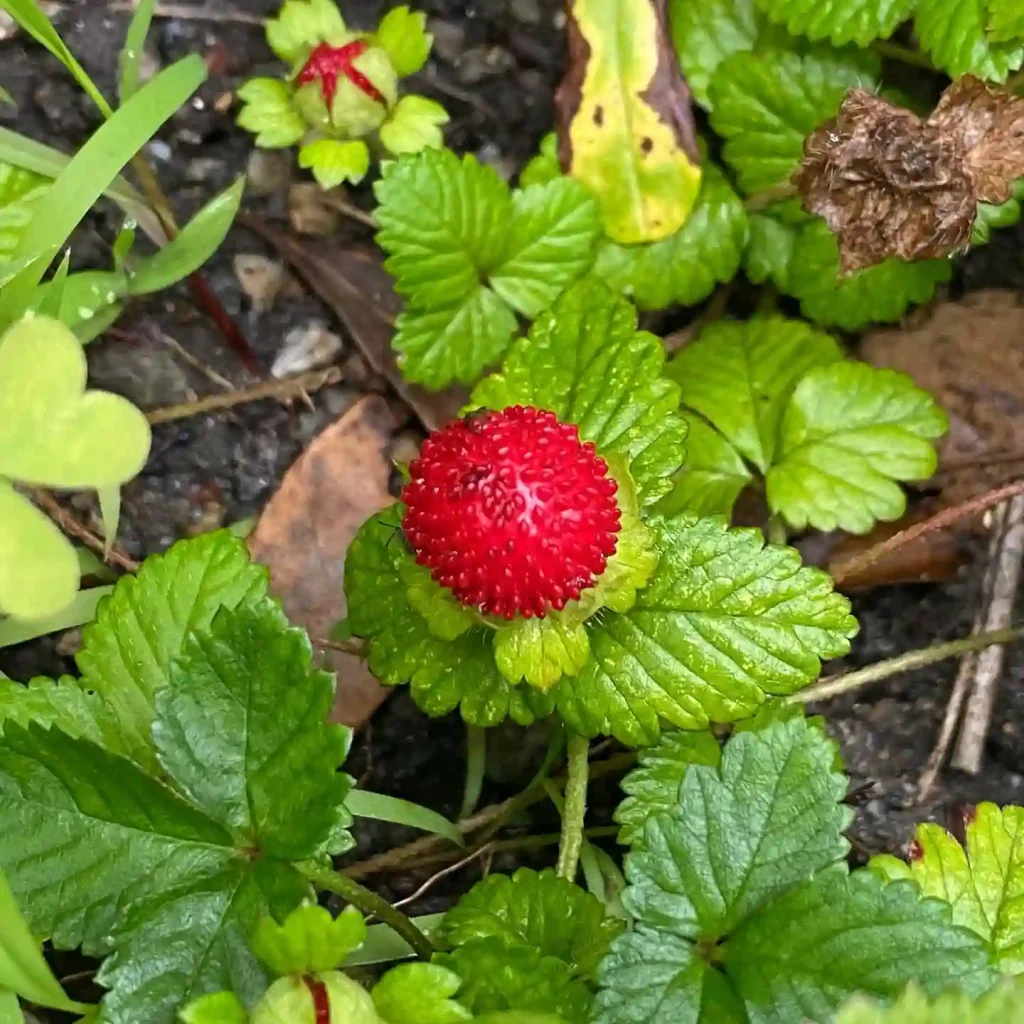The Majestic Moreton Bay Fig: A Towering Treasure in My Garden
The Moreton Bay Fig, with its scientific name Ficus macrophylla, has become a captivating presence in my garden. This magnificent banyan tree, native to eastern Australia, isn’t your average fig. Its sheer size and unique characteristics have transformed a corner of my yard into a verdant haven.
For those unfamiliar with this botanical wonder, the Moreton Bay Fig boasts a staggering stature. Towering over 60 meters (200 ft) in its natural habitat, it’s a true giant of the plant kingdom. Even in my garden, it’s grown considerably, its expansive canopy casting a dappled shade on the patio below.
880 Species in Genus Ficus
Can You Eat Ficus Macrophylla Figs?
While the common fig (Ficus carica) is a staple in many households, the question of edibility arises with the Moreton Bay Fig. The answer, unfortunately for fig enthusiasts, is no. Unlike its edible cousin, the fruits of the Ficus macrophylla are not considered palatable for human consumption.
They are small, typically around 2 centimeters (0.8 inches) in diameter, and turn a dull red when ripe. While some sources claim they have a mildly sweet flavor, the milky latex they contain can be irritating to the mouth and digestive system. It’s best to admire these tiny figs from afar and leave the feasting to the birds that find them quite delightful.
How to care for Ficus Macrophylla?
If you’re considering welcoming a Moreton Bay Fig into your own garden, be prepared to offer it ample space. This isn’t a tree for cramped corners. But for those with room, it offers a wealth of rewards. Here’s what you need to know:
- Sun and Soil: The Moreton Bay Fig thrives in full sun locations. When it comes to soil, it’s adaptable, but prefers well-draining, slightly acidic to neutral soil.
- Watering: Young trees require consistent watering, especially during hot weather. As the tree matures, it becomes more drought tolerant.
- Feeding: While not strictly necessary, a balanced fertilizer applied during the growing season can encourage healthy growth.
- Pruning: Regular pruning can help maintain the tree’s shape and size. However, due to its aerial roots, it’s best to consult a professional arborist for major pruning tasks.
A Haven for Wildlife: The Moreton Bay Fig’s Ecological Impact
The Moreton Bay Fig isn’t just a majestic presence; it’s also an ecological powerhouse. Its sprawling canopy provides much-needed shade and shelter for a variety of birds, mammals, and insects. The aerial roots, which grow from branches and descend to the ground, create a network of nooks and crannies that provide safe havens for smaller creatures.
This intricate ecosystem within the tree itself is a testament to the Moreton Bay Fig’s role in fostering biodiversity.
Beyond Beauty: The Cultural Significance of the Moreton Bay Fig
In its native Australia, the Moreton Bay Fig holds deep cultural significance for Indigenous Australians. These ancient trees are often considered sacred sites, offering gathering places and representing a connection to the land.
The presence of a Moreton Bay Fig in your garden isn’t just about aesthetics; it’s a connection to a rich cultural heritage.
A Flourishing Future: Propagating the Moreton Bay Fig
The good news for those who want to share the wonder of the Moreton Bay Fig is that it can be propagated through stem cuttings. Here’s a basic approach:
- Select a healthy, mature stem with several nodes (leaf junctions).
- Make a clean cut just below a node at an angle.
- Remove the lower leaves and dip the cut end in rooting hormone (optional).
- Plant the cutting in a pot filled with well-draining potting mix.
- Keep the soil moist and provide indirect sunlight.
With patience and proper care, you can witness the magic of a new Moreton Bay Fig taking root, ready to embark on its own journey of growth.
The Moreton Bay Fig is more than just a tree; it’s a testament to nature’s grandeur. From its impressive size to its ecological significance, it’s a plant that inspires awe. So, if you have the space and desire for a truly unique garden companion, consider welcoming the Moreton Bay Fig into your world.
If i die, water my plants!



